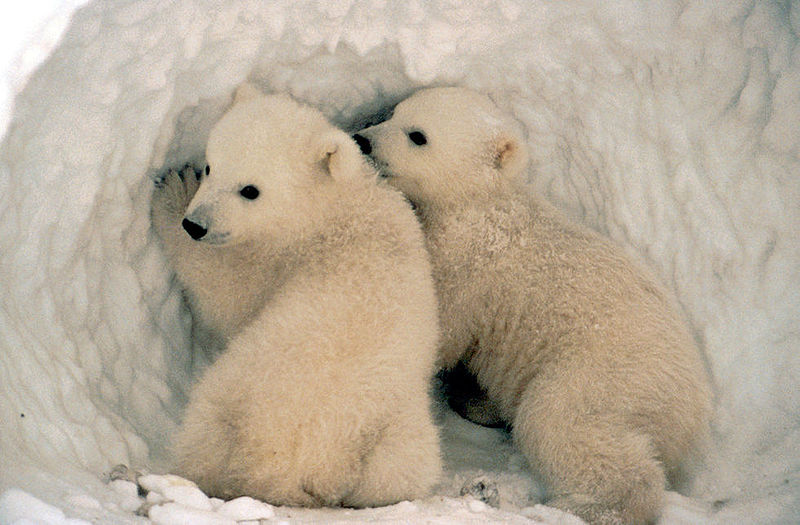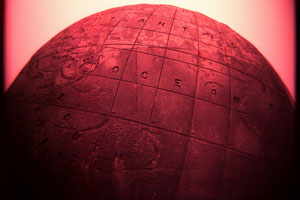
Photo courtesy US Fish and Wildlife Service
We all know polar bears are suffering from a melting Arctic. We know they’re being found far out at sea, far from shore. Some have been seen drowning.
Well now it turns out the loss of their mobile ice islands isn’t the only problem. A warming world may well be poisoning them too. In ways no one imagined.
Here’s how: A new study in the journal Polar Research has made the important finding that polar bears feed from one of two different food webs. Each contains mercury. But one is worse than the other.
- The phytoplankton food web derives from the free-floating single-celled plants inhabiting the sunlit layer of ocean.
- The ice algae food web derives from the microscopic plants living on the underside of the icepack covering the frozen ocean.
The researchers figured out which was worse by teasing data from hundred-year-old museum samples of polar bears. They analyzed late-19th- and early-20th-century polar bear hair for the chemical signatures of nitrogen isotopes, carbon isotopes, and mercury concentrations.
In other words, they took a look back in time to the period before anthropogenic mercury emissions escalated ferociously.
What they discovered was that the polar bears who get most of their nutrition from the phytoplankton-based food webs carry heavier mercury burdens that those who feed primarily on ice algae-based food webs.
A finding that does not bode well for polar bears living in an increasingly iceless world.
Listen up, Copenhagen. It’s not about the weather.









